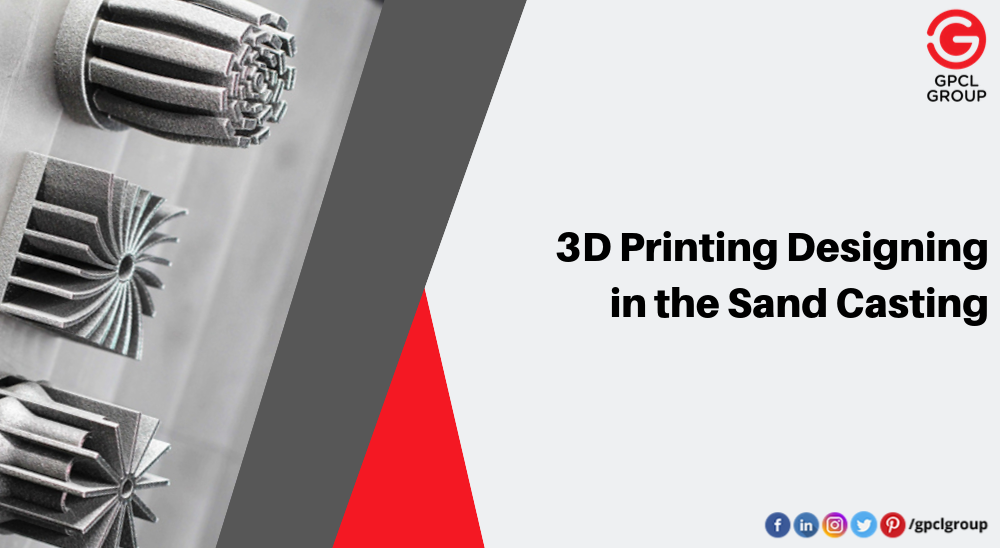Metal casting is one of oldest method used in the manufacturing of metal parts but it is also a sector which is benefited from 3D printing. As the technology advance it becomes quite clear the advantage of the 3D printing comes indirectly.
This is illustrated in a way by an application in prototyping. Due to the expensiveness of producing tooling aids like moulds, cores and pattern. 3D printing is proving itself to be an excellent alternative for the conventional production and that’s the reason for the adoption of 3D printing in the workflow for the means of remaining competitive.
Reason behind the Usage of 3d Printing
There are many casting to be found among them most commonly used in the casting company are die casting, investment casting and the sand casting. Though the metal casting is time tested manufacturing method there is still a limitation that they have to overcome –
- Expensive: It is an expensive to create casting thus highly tooling cast cannot be often amortised.
- Labour exhaustive: Casting is a manual work thus it generally takes a long time.
And to overcome all this limitation or you can challenges and continuously maintaining the competitive edge the sand casting company must look to produce casting in an innovative way and this is where 3D printing comes.
Sand Casting
The process of sand casting involves inventing an object from the molten metal with the usage of sand and mould. The spaces in the mould are created with the help of hand packing sand around a design pattern. In the casting design, it is required that the core is to be placed into the mould in order to create the interior contours of the casting.
Benefits of Using 3d Printing in the Sand Casting
- The usage of 3D printing help simplifies the process of creating the sand moulds and cores by directly using CAD files, bypassing the pattern and core making steps.
- It is a tool less automated process similar to the process of investment casting. Which eliminates the tool and labour cost.
- Sand moulds and cores are typically 3D printed using binder jetting technology it works by depositing binder agent glue layer by layer.
- 3D printer offers the volume of production in most efficient and cost productive way.
- 3D printing casting moulds are strong enough to bear the harsh environment of metal casting.
- It takes short production time.
- With 3D printing comes the advantage of designing the sand casting in different geometrically complex setting (which needs pattern and core boxes)
- It has the ability to print complex multi piece cores (such as impeller for pump) as a single body which gives us the advantage of eliminating the need to assemble the separate component.
Conclusion
The 3D sand casting company cannot single handed manage the whole traditional foundry method there is a also a need of new technologies, labour etc. but it can help a lot as have mentioned in the benefits of 3D printing in the sand casting.

